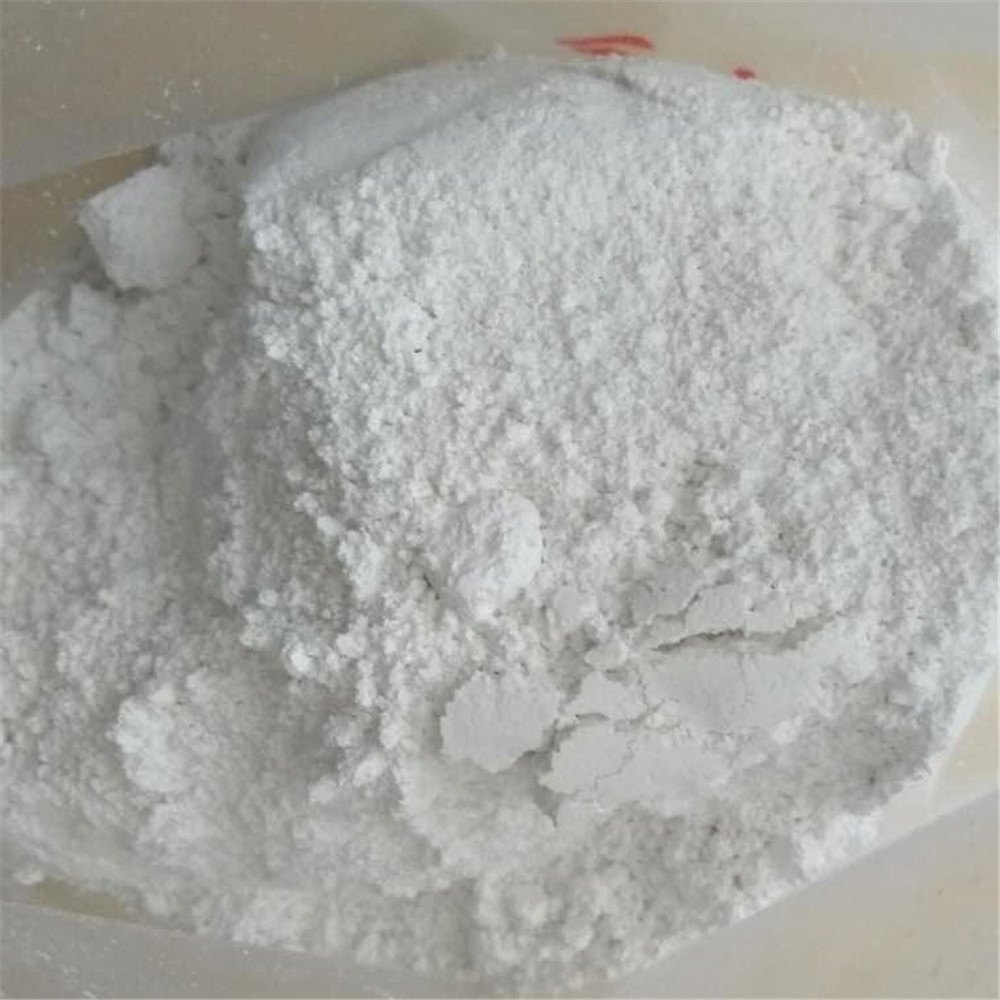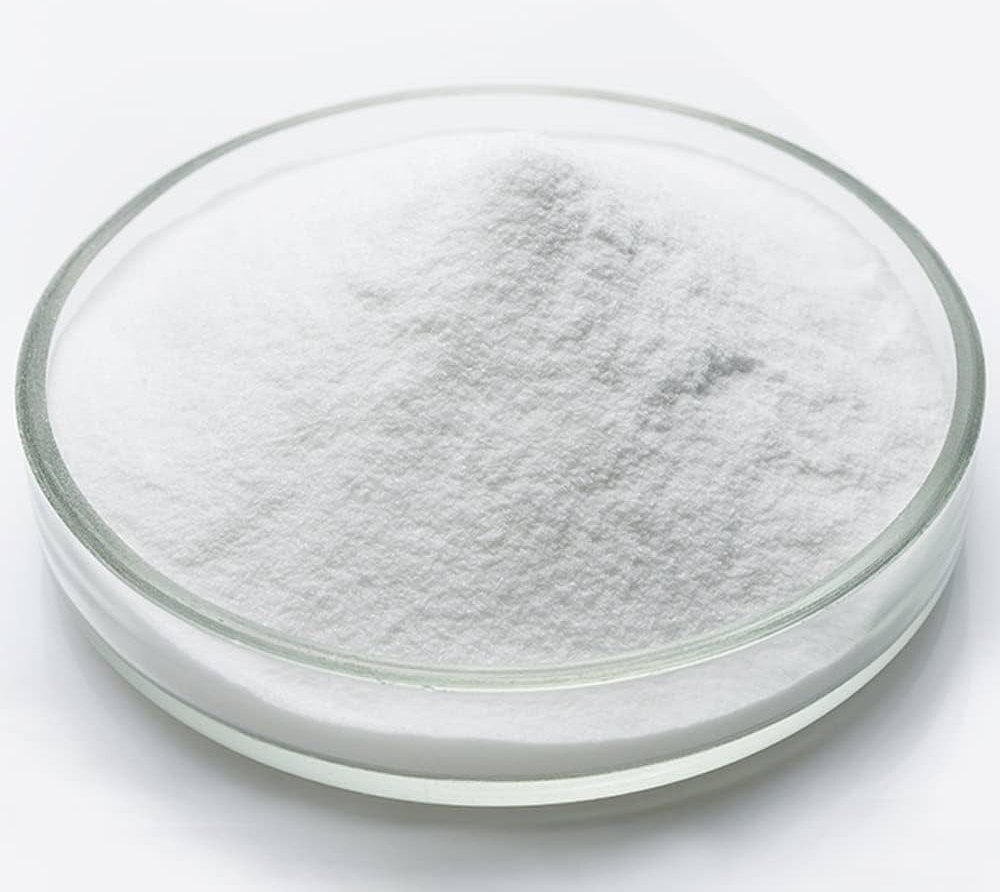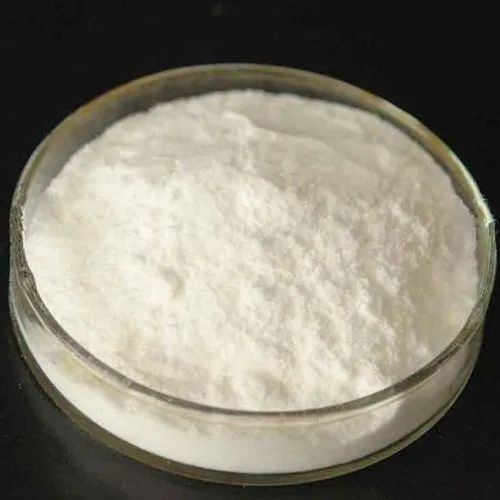 Call Us :-
08045475261
Call Us :-
08045475261
- Home Page
- Company Profile
-
Our Products
- Pharmaceutical Ingredients / Bulk Drugs
- Trimethyl Sulfoxonium Iodide
- Diphenhydramine HCL
- Chlorhexidine Gluconate 20% Solution
- Lidocaine Base
- Chlorzoxazone Powder
- Riboflavin Sodium Phosphate
- Meloxicam Chemical
- Lidocaine Hydrochloride
- Cefixime Trihydrate
- Roxarsone Feeds
- High-Quality-USP -Bp-Benzocaine
- Tenoxicam Chemical
- Cefaclor Powder
- Clomiphene Citrate
- Lidocaine Hcl BP
- Sildinafil Citrate
- Tamoxifen Citrate
- Atorvastatin Calcium
- Dobutamine Hcl
- Domperidone Powder
- Clopidogrel Bisulphate
- Glibenclamide Powder
- Tenoxicam Chemical (IP-BP-USP-EP)
- Lactose powder
- Pharmaceutical Excipients
- Intermediates & Chemicals
- Tetrabutyl ammonium bromide (TBAB)
- Monochloro acetic acid(MCA)
- Sodium monochloro acetate(SMCA)
- Cobalt chloride
- N.T.A Chemical
- Diphenylmethane Liquid
- Isopropyl Chloroacetate
- Methyl monochloro acetate
- Chloroacetyl Chloride(CAC)
- Benzoyl Chloride
- Para amino benzoic acid (PABA)
- CMC sodium
- Cellulose powder
- Di calcium phosphate (IP / feed grade)
- Teri methyl sulfoxonium iodide (TMSI)
- Sodium meta bisulphate (SMBS)
- Acetyl chloride
- Sodium Picosulfate Api
- Red Phosphorus Powder
- Benzocaine Powder
- Lidocaine Powder
- Piroxicam Powder
- Diphenhydramine HCl
- Guaifenesin
- Ambroxol HCl
- Tamoxifen Citrate
- Chlorpheniramine Maleate
- Bronopol
- Clopidogrel Bisulphate
- Cefalosporins
- Riboflavin Sodium Phosphate
- Excipients
- Sodium Starch Glycollate BP
- Sodium Starch Glycollate IP
- Sodium Starch Glycollate USP
- Croscarmellose Sodium BP
- Croscarmellose Sodium IP
- Magnesium Stearate IP
- Magnesium Stearate BP
- Croscarmellose Sodium USP
- Magnesium Stearate USP
- Tri Calcium Phosphate IP
- Sodium Carboxy Methyl Cellulose
- Sodium Lauryl Sulphate
- Dried Aluminum Hydroxide Gel
- Magnesium Tri Silicate
- Calcium Stearate
- Lactose Monohydrate
- Lactose Anhydrous
- NTA
- Di Calcium Phosphate
- Roxarsone
- Psyllium Husk
- Corticosteroids
- Micro Crystalline Cellulose Powder
- Nalidixic Acid
- Food Grade Products
- Hyoscine Butyl Bromide
- Bulk Drugs
- Brominated Chemicals
- Chemical Intermediates
- Pregabalin
- Excipients Products
- Bulk Drugs APIs
- Ambroxol HCL IP
- Lidocaine Hcl Bp
- Diphenhydramine HCL IP
- Piroxicam BP
- Meloxicam Powder
- Chlorhexidine Gluconate
- LetrozoleChemical Powder
- Articaine HCl
- Articaine HCl
- Articaine HCl
- Prilocaine Base / HC
- Procaine HCl / Novocaine HCl
- Bupivacaine Base / HCl
- Levo Bupivacaine HCl
- Ropivacaine HCl
- Tinidazole Powder
- Tamoxifen Citrate
- Nitazoxanide Powder
- Ketoconazole Powder
- Guaifenesin Powder
- Sucralfate Powder
- Riboflvin B2-5 Phosphate
- Carbamezapine Powder
- Linagliptin Powder
- Minoxidil Powder
- Gliclazide Powder
- glimepiride powder
- Glibenclamide Powder
- Diphenhydramine HCl
- Chlorhexidine Gluconate 20%
- Chlorzoxazone Powder
- Theophylline Powder
- Caffeine Anhydrous Powder
- Colchicine Powder
- Scopine Hydrochloride
- Pharmaceutical Ingredients
- Chlorinated Chemicals
- Sodium Monochloro Acetate
- Chloroacetyl Chloride
- Methyl Monochloro Acetate
- Acetyl Chloride (75-36-5)
- Chloro Acetyl Chloride (CAC) (79-04-9)
- Benzoyl Chloride (98-88-4)
- Mono Chloro Acetic Acid
- Sodium Monochloro Acetate (3926-62-3)
- 2 Chloro Benzoyl Chloride (609-65-4)
- 4 Chloro Benzoyl Chloride (122-01-0)
- 4 Chloro Butyryl Chloride (4635-59-0)
- 4 CAP (4 Chloro 2 Aminophenol) (95-85-2)
- Propionyl Chloride (79-03-8)
- 3 Chloro Propionyl Chloride (625-36-5)
- Nonanoyl Chloride (764-85-2
- Isononanoyl Chloride (36727-29-4)
- Valeryl Chloride (638-29-9)
- 5 - Chloro Valeryl Chloride (1575-61-7)
- Iso Butyryl Chloride (79-30-1)
- N Butryl Chloride (141-75-3)
- Pivaloyl Chloride (3282-30-2)
- 2 Chloro Propionyl Chloride (7623-09-8)
- 2 Chloro Propionyl Chloride (7623-09-8)
- 4 Chloro Butyryl Chloride (4635-59-0)
- Ferric Chloride (7705-08-0)
- Benzyl Chloride (100-44-7)
- Ortho Chloro Benzyl Chloride (611-19-8)
- Benzaldehyde (100-52-7)
- Benzaldehyde (100-52-7)
- N-Hexyl Chloride (544-10-5)
- N- Pentyl Chloride (543-59-9)
- Chemical Compound
- Active Pharmaceutical Ingredients
- Cephalosporins Chemical
- Microcrystline Cellulose Powder
- Dried Aluminium Hydroxide Gel
- Ferric Chloride Anhydrous
- Diphenhydramine Hydrochloride
- Ethyl Chloride Gas
- Anaesthetic
- Bromide Derivatives
- Specialty Chemical
- Antiarrhythmic
- Immunosuppresant
- Antincancer
- Pharmaceutical Ingredients / Bulk Drugs
- Contact Us








 Send Inquiry
Send Inquiry Send SMS
Send SMS Call Me Free
Call Me Free


